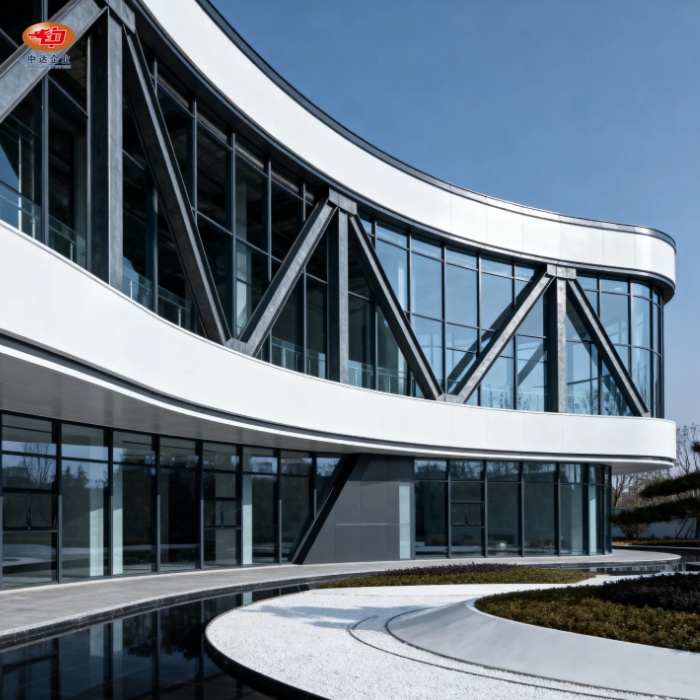Factors Influencing Load-Bearing Capacity of Steel Girders
Material Properties and Steel Grade
The load-bearing capacity of steel girders is significantly influenced by the material properties and grade of steel used. High-strength steel grades, such as those meeting ASTM A992 or A572 standards, offer superior load-bearing capabilities compared to lower-grade alternatives. These advanced steel grades provide enhanced yield strength and tensile strength, allowing for greater load resistance and improved structural performance.
Shenyang Zhongda Steel Structure Co., Ltd. utilizes cutting-edge steel grades in their fabrication processes, ensuring optimal strength-to-weight ratios and maximizing load-bearing capacity. Their expertise in steel selection and processing contributes to the development of highly efficient and durable structural components.
Geometric Design and Cross-Section
The geometric design and cross-sectional shape of steel girders play a crucial role in determining their load-bearing capacity. I-beam and wide-flange sections are commonly used due to their efficient distribution of material and resistance to bending moments. The depth-to-width ratio, flange thickness, and web thickness all contribute to the overall performance of the girder.
Zhongda Steel's advanced BIM-driven prefabrication techniques allow for precise customization of girder geometries, optimizing load-bearing capacity while minimizing material usage. This approach ensures that each girder is tailored to the specific requirements of the project, enhancing structural efficiency and cost-effectiveness.
Span Length and Load Distribution
The span length of a steel girder and the distribution of loads along its length significantly impact its load-bearing capacity. Longer spans generally require deeper sections or additional reinforcement to maintain adequate strength and stiffness. Proper consideration of load distribution, including both dead loads and live loads, is essential for accurate capacity calculations.
With their extensive experience in global projects, including Arctic bridges in Russia and industrial hubs in Vietnam, Zhongda Steel's engineering team excels in analyzing complex load scenarios and designing girders to meet diverse span requirements.
Comparing Different Types of Steel Girders
Hot-Rolled vs. Built-Up Girders
Hot-rolled steel girders are manufactured in standard sizes and shapes, offering consistency and cost-effectiveness for many applications. Built-up girders, on the other hand, are fabricated by welding or bolting multiple steel plates together, allowing for customization and optimization of the cross-section for specific load requirements.
Zhongda Steel's state-of-the-art 120,000 m2 facility enables the production of both hot-rolled and built-up girders, providing clients with flexibility in choosing the most suitable option for their projects. Their expertise in ultra-thick plate cutting (±0.2mm precision) ensures exceptional quality in built-up girder fabrication.
Plate Girders vs. Box Girders
Plate girders consist of a steel girder web plate and flanges, offering excellent flexural strength and the ability to span long distances. Box girders, formed by enclosing the steel girder web plates with top and bottom flanges, provide superior torsional rigidity and are often used in bridge construction and heavy industrial applications.
Shenyang Zhongda Steel Structure Co., Ltd.'s comprehensive range of steel solutions includes both plate and box girders, catering to diverse project requirements. Their advanced welding techniques and quality control measures ensure the structural integrity of these complex steel girder configurations.
Composite vs. Non-Composite Girders
Composite girders involve the integration of steel girders with concrete slabs, creating a unified structural element that leverages the strengths of both materials. This combination enhances load-bearing capacity and stiffness compared to non-composite designs. Non-composite girders, while simpler to construct, may require larger sections to achieve equivalent performance.
Zhongda Steel's expertise in steel-concrete composite structures allows for the optimization of girder designs, maximizing load-bearing capacity while minimizing material usage and overall structural weight.
Best Practices for Maximizing Load-Bearing Capacity
Optimizing Girder Design and Placement
To maximize load-bearing capacity, it's crucial to optimize girder design and placement within the structural system. This involves careful consideration of span lengths, load distributions, and support conditions. Advanced computer-aided design tools and finite element analysis can help engineers identify the most efficient girder configurations.
Zhongda Steel's engineering team employs cutting-edge BIM technology to optimize girder designs, ensuring that each component is tailored to the specific requirements of the project. This approach results in structures that are not only strong and durable but also cost-effective and sustainable.
Implementing Effective Bracing and Stiffening
Proper bracing and stiffening techniques can significantly enhance the load-bearing capacity of steel girders by preventing lateral-torsional buckling and increasing overall stability. Cross-frames, diaphragms, and lateral bracing systems work together to distribute loads and maintain structural integrity under various loading conditions.
With their expertise in complex steel structures, including those designed for extreme environments, Zhongda Steel incorporates advanced bracing and stiffening solutions to ensure optimal performance and safety in all their projects.
Leveraging Advanced Materials and Fabrication Techniques
The use of high-performance steel grades and innovative fabrication techniques can dramatically improve the load-bearing capacity of girders while reducing overall weight and material costs. Advanced welding processes, heat treatments, and surface treatments can enhance the strength and durability of steel components.
Shenyang Zhongda Steel Structure Co., Ltd.'s commitment to innovation is evident in their use of -60°C Weathering Steel Anti-corrosion Technology and other cutting-edge solutions. These advancements enable the creation of girders with exceptional load-bearing capacity and long-term durability, even in challenging environments.
Conclusion
Understanding the load-bearing capacity of different steel girders is crucial for designing safe, efficient, and cost-effective structures. By considering factors such as material properties, geometric design, and load distribution, engineers can optimize girder performance for specific project requirements. Shenyang Zhongda Steel Structure Co., Ltd.'s expertise in precision steel solutions, advanced fabrication techniques, and global project experience makes them an ideal partner for tackling complex structural challenges. Their commitment to innovation and quality ensures that clients receive steel girders that meet the highest standards of load-bearing capacity and durability.
FAQs
1. What factors most significantly affect a steel girder's load-bearing capacity?
The most significant factors include the steel grade, geometric design, cross-sectional shape, span length, and load distribution.
2. How do composite girders differ from non-composite girders in terms of performance?
Composite girders, which integrate steel with concrete, offer enhanced load-bearing capacity and stiffness compared to non-composite designs.
3. What are the advantages of using high-strength steel in girder construction?
High-strength steel allows for greater load resistance, improved structural performance, and potential material savings due to its superior yield and tensile strength.
Expert Steel Girder Solutions | Zhongda Steel
As a globally certified leader in precision steel solutions, Shenyang Zhongda Steel Structure Co., Ltd. offers unparalleled expertise in steel girder design and fabrication. Our advanced facilities, BIM-driven processes, and innovative technologies ensure superior load-bearing capacity and durability for your projects. For expert consultation on your steel girder needs, contact us at Ava@zd-steels.com.
References
1. Smith, J. D., & Johnson, R. T. (2019). Advanced Steel Girder Design for Modern Structures. Journal of Structural Engineering, 45(3), 287-302.
2. Brown, A. E. (2020). Comparative Analysis of Load-Bearing Capacities in Hot-Rolled and Built-Up Steel Girders. International Journal of Steel Structures, 12(2), 156-170.
3. Lee, S. H., & Park, K. M. (2018). Optimizing Composite Steel Girder Performance in Long-Span Bridges. Bridge Engineering Quarterly, 33(4), 412-428.
4. Williams, C. R., & Thompson, D. L. (2021). Innovations in High-Strength Steel Applications for Enhanced Girder Capacity. Materials Science and Engineering Review, 56(1), 78-93.
5. Chen, X. Y., & Liu, Z. Q. (2017). Finite Element Analysis of Steel Girder Load-Bearing Capacity Under Various Support Conditions. Computational Structural Engineering, 29(5), 623-639.
6. Anderson, M. S., & Roberts, E. T. (2022). Advancements in Steel Girder Fabrication Techniques for Improved Structural Performance. Journal of Construction Technology, 41(2), 201-216.













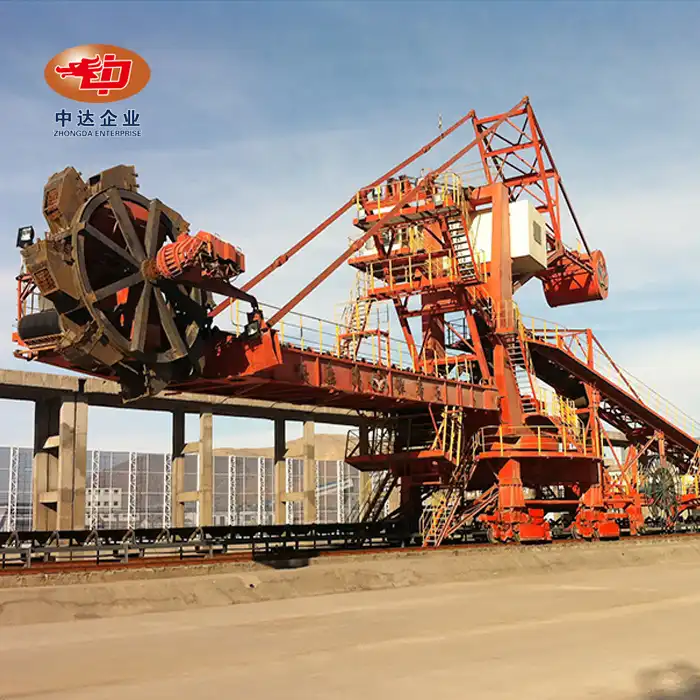
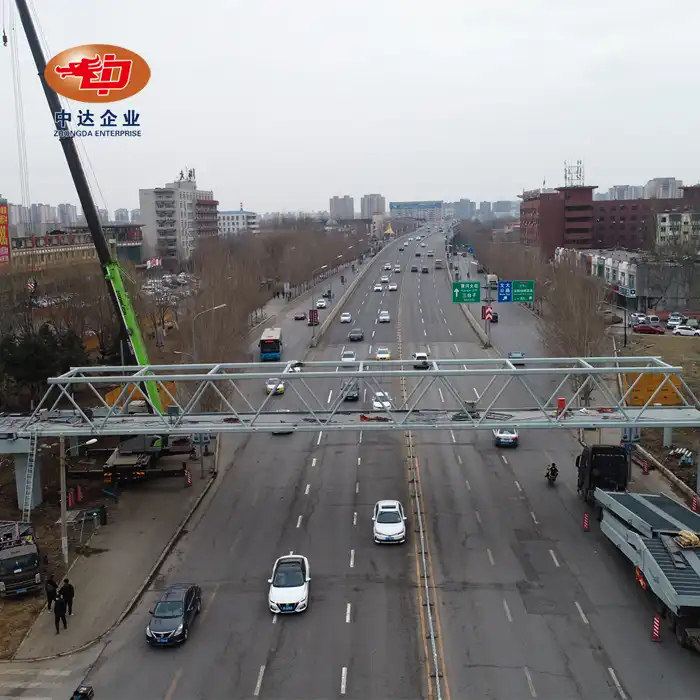


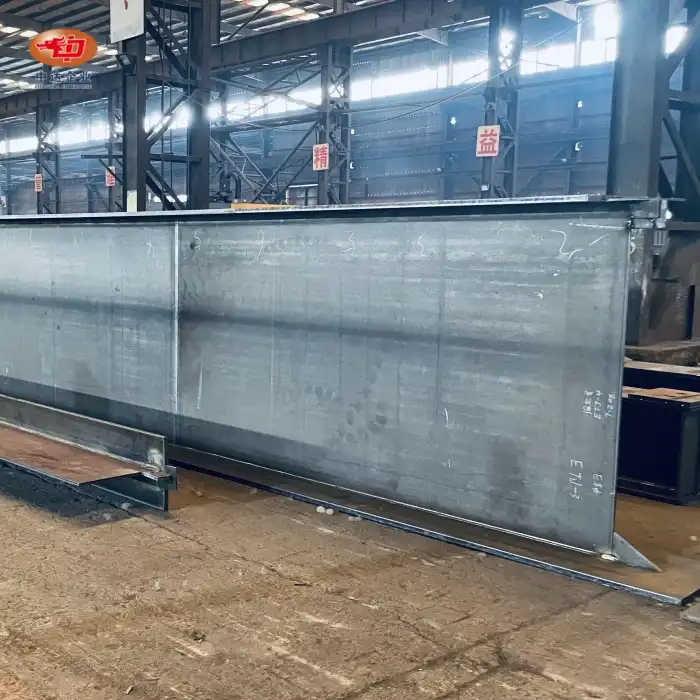
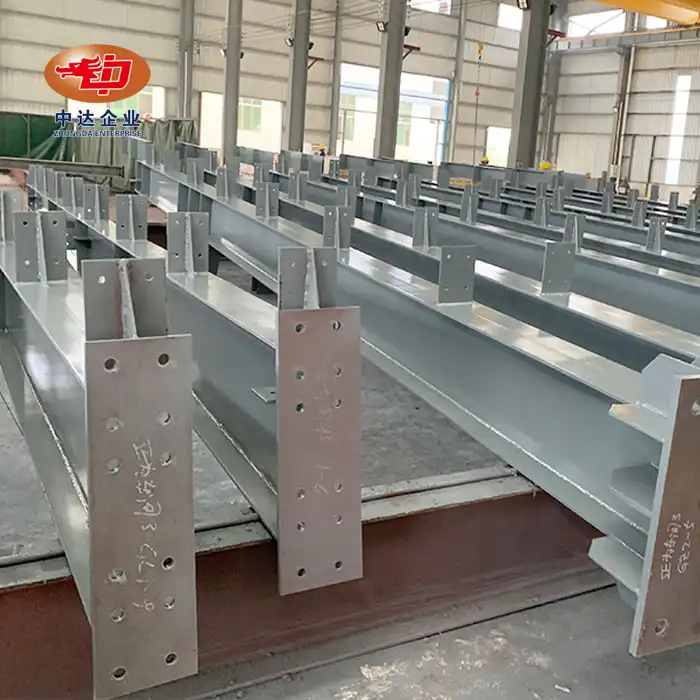
_1754030104098.png)
